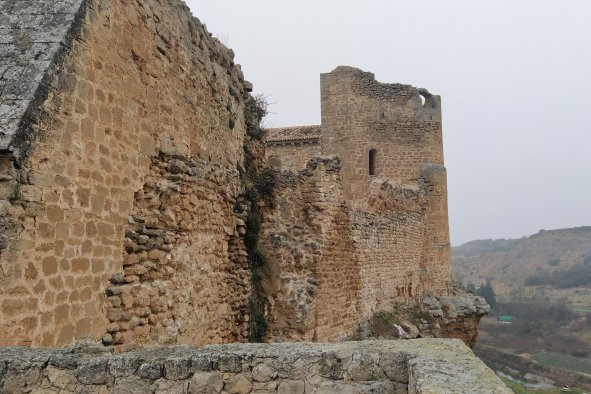A so-called "dead zone" the size of Connecticut is set to wreak havoc in the Gulf of Mexico this summer, the National Oceanic and Atmospheric Administration (NOAA) has forecast.
The above-average summer dead zone could cover an area of about 5,827 square miles, and greatly threaten marine life in the area, a statement from NOAA said.
Dead zones, also known as hypoxic areas, are zones where there is a severe lack of oxygen in the water. This can lead to mass fish kills, and also poses a danger to other marine life.
This dead zone occurs every summer, but this year it looks set to be particularly large. These dead zones are caused by an excess of nutrients in the water due to human activities across the Mississippi-Atchafalaya watershed.
In May, the U.S. Geological Survey (USGS) reported that discharge in the Mississippi and Atchafalaya rivers was approximately 5 percent above the long-term average for the period between 1980 and 2023.
The USGS data, which includes nutrient-loading measurements, revealed that nitrate loads were about 7 percent below the long-term average, while phosphorus loads were 22 percent above the long-term average.
These discharge- and nutrient-loading metrics are important for NOAA's models that forecast the size of the Gulf of Mexico's dead zone during the summer.
"Reducing the impact of hypoxic events and lessening the occurrence and intensity of future dead zones continues to be a NOAA priority," NOAA Administrator Nicole LeBoeuf said in a statement. "These forecasts are designed to provide crucial data to scientists, coastal managers and communities, and are used as guideposts in the development of planning actions."
Excess nutrients cause an overgrowth of algae. As these algae die and decompose, the process consumes oxygen from the water, leading to low oxygen levels.
This hypoxic environment forces animals like fish and shrimp to vacate the area. Studies have shown that exposure to hypoxic waters can alter fish diets, growth rates, and reproduction, as well as affect habitat use and the availability of commercially important species like shrimp.
This year marks the seventh time NOAA has forecast the dead zone using models from partners like the University of Michigan, Louisiana State University, William & Mary's Virginia Institute of Marine Science, North Carolina State University, and Dalhousie University. NOAA compiles the results from these individual models into an aggregate "ensemble" forecast, providing a comprehensive prediction of the dead zone's size.
The USGS measures the river discharge and nutrient levels using an extensive network of about 3,000 real-time streamgages, 73 real-time nitrate sensors, and 37 long-term monitoring sites scattered across the Mississippi-Atchafalaya watershed. These data points are essential for tracking long-term changes in nutrient inputs to the Gulf and for constructing models that identify nutrient sources and hotspots within the watershed.
"USGS has monitored streams and groundwater in the Mississippi-Atchafalaya watershed for decades to help better understand the sources and impacts of water quality problems," Joshua Joseph, acting USGS associate director for Water Resources said. "A recent USGS study found that in the Illinois River—a major tributary of the Mississippi River—algae initially grow in the upper river and are then transported downstream, potentially causing algal toxins and decreased dissolved oxygen in the lower river."
Do you have a tip on a science story that Newsweek should be covering? Do you have a question about dead zones? Let us know via science@newsweek.com.
Disclaimer: The copyright of this article belongs to the original author. Reposting this article is solely for the purpose of information dissemination and does not constitute any investment advice. If there is any infringement, please contact us immediately. We will make corrections or deletions as necessary. Thank you.



